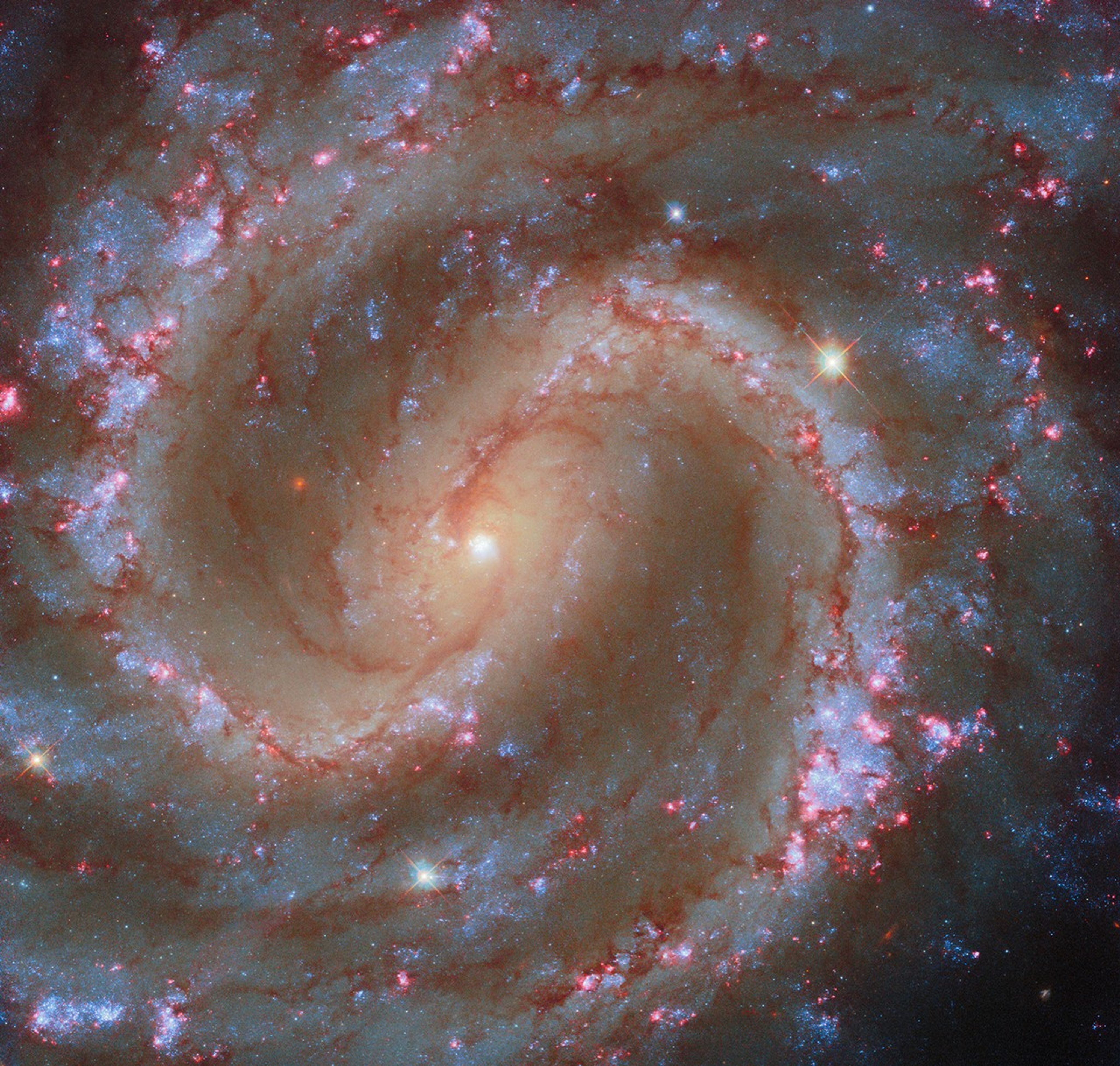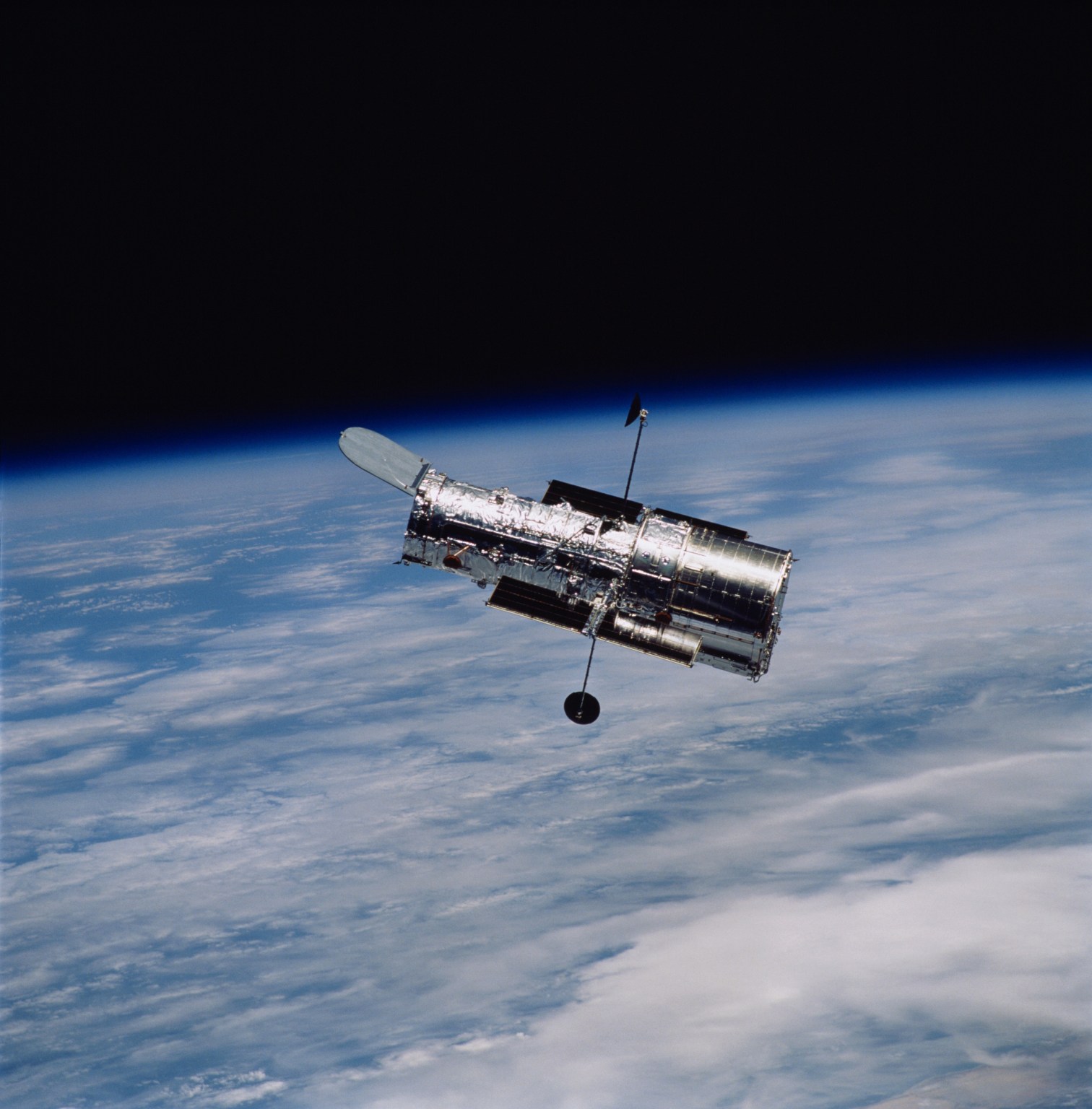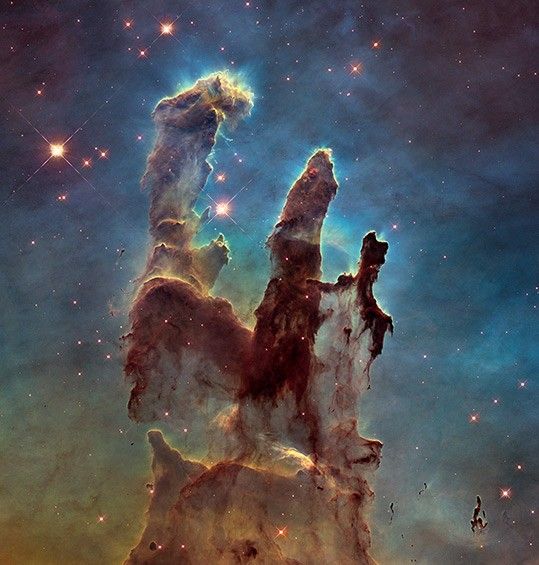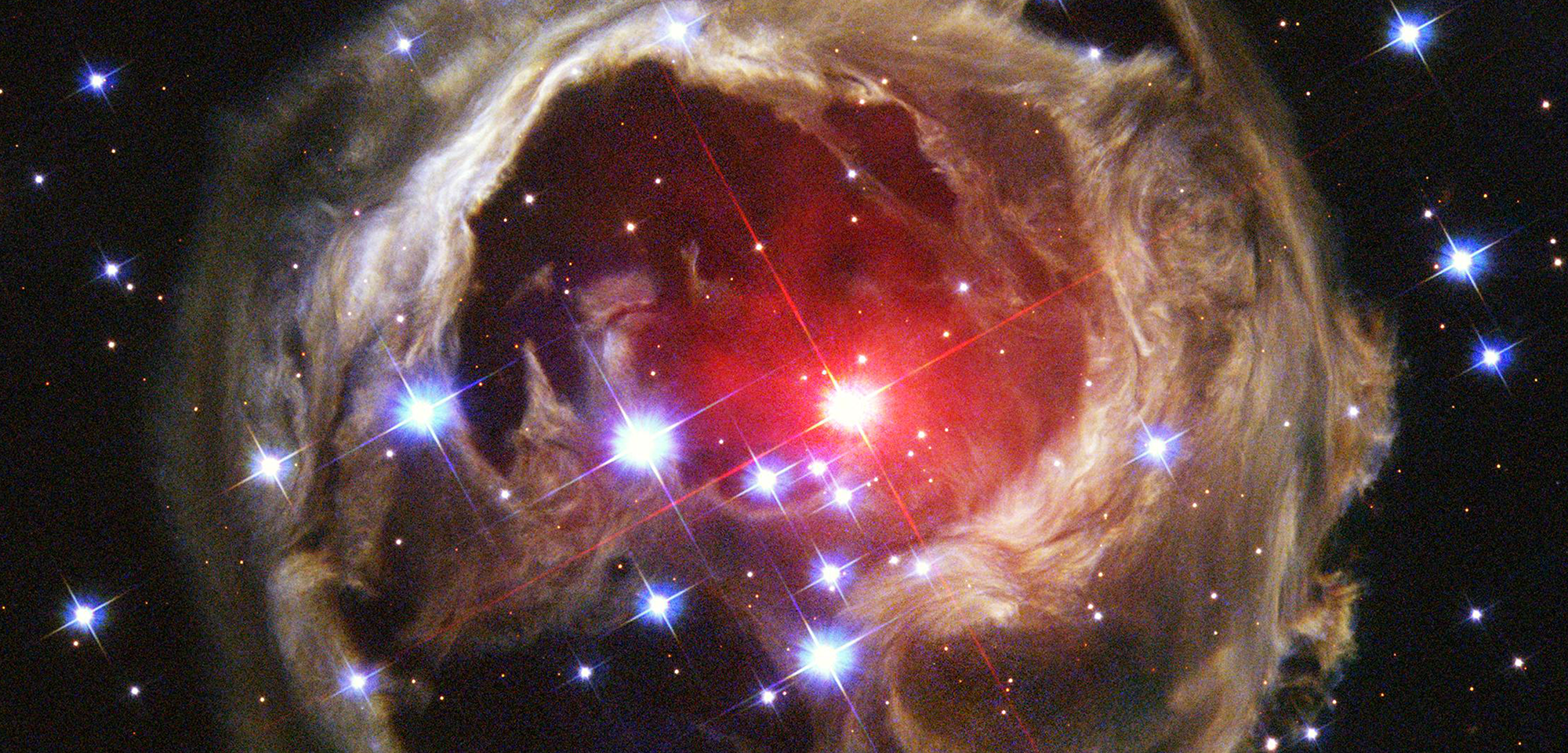Hubble Seeks Clusters in ‘Lost Galaxy’
- Hubble Space Telescope has released a new image of the “Lost Galaxy” NGC 4535, which is located 50 million light-years away in the constellation Virgo.
- The galaxy features young star clusters and H II regions, which are signs of massive stars that have recently formed and are heating up their surroundings with powerful stellar winds.
- The new image captures the brilliant red glow of the nebulae that encircle these massive stars in their first few million years of life, adding a new dimension to our understanding of NGC 4535.
- Hubble’s observations from the PHANGS observing program aim to understand the connections between young stars and cold gas in nearby star-forming galaxies like NGC 4535.
- The image is part of an ongoing effort to catalog roughly 50,000 H II regions in these galaxies, providing valuable insights into the formation and evolution of stars and galaxies.
2 min read
Hubble Seeks Clusters in ‘Lost Galaxy’
Today’s NASA/ESA Hubble Space Telescope image features the spiral galaxy NGC 4535, which is situated about 50 million light-years away in the constellation Virgo (the Maiden). Through a small telescope, this galaxy appears extremely faint, giving it the nickname ‘Lost Galaxy’. With a mirror spanning nearly eight feet (2.4 meters) across and its location above Earth’s light-obscuring atmosphere, Hubble can easily observe dim galaxies like NGC 4535 and pick out features like its massive spiral arms and central bar of stars.
This image features NGC 4535’s young star clusters, which dot the galaxy’s spiral arms. Glowing-pink clouds surround many of these bright-blue star groupings. These clouds, called H II (‘H-two’) regions, are a sign that the galaxy is home to especially young, hot, and massive stars that blaze with high-energy radiation. Such massive stars shake up their surroundings by heating their birth clouds with powerful stellar winds, eventually exploding as supernovae.
The image incorporates data from an observing program designed to catalog roughly 50,000 H II regions in nearby star-forming galaxies like NGC 4535. Hubble released a previous image of NGC 4535 in 2021. Both the 2021 image and this new image incorporate observations from the PHANGS observing program, which seeks to understand the connections between young stars and cold gas. Today’s image adds a new dimension to our understanding of NGC 4535 by capturing the brilliant red glow of the nebulae that encircle massive stars in their first few million years of life.
Media Contact:
Claire Andreoli (claire.andreoli@nasa.gov)
NASA’s Goddard Space Flight Center, Greenbelt, MD





